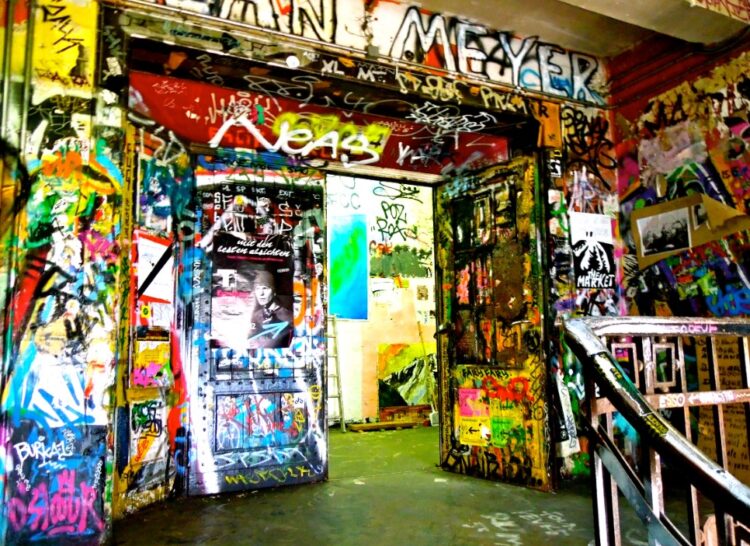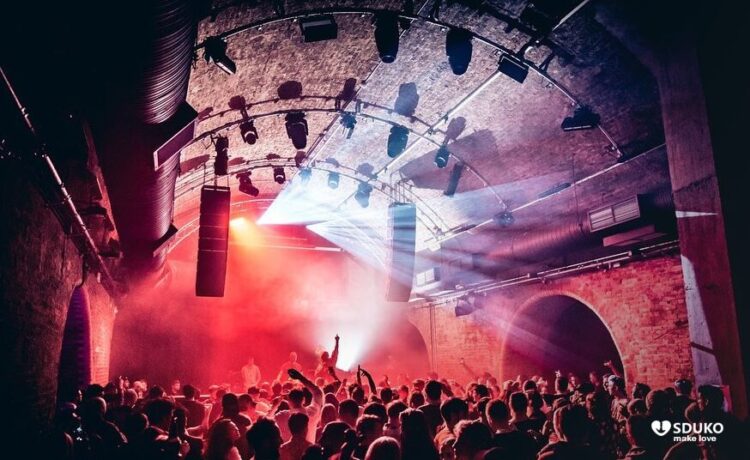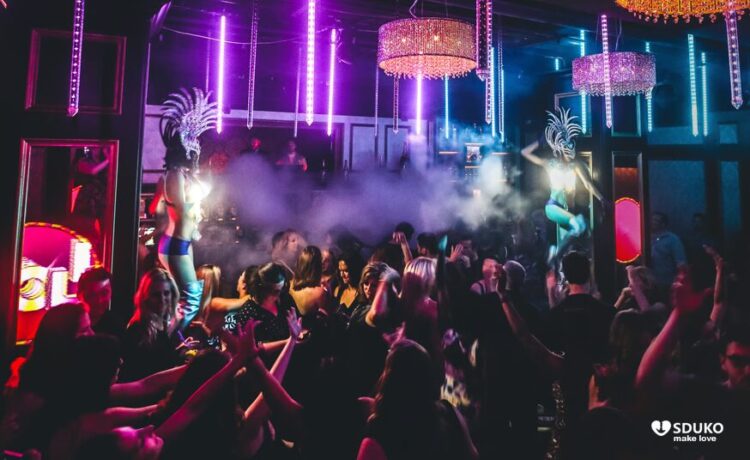Some cities carry their reputation in towering landmarks or glossy boulevards, but others live and breathe after-hours. In those places, the pulse of the city is not heard in traffic horns or tourist chatter, but in bass lines echoing from basements, warehouses, and tucked-away venues.
If you’re curious where the underground beat truly runs louder than the main streets, this guide pulls back the curtain on cities that thrive on their subcultures.
Berlin ─ The Uncontested Capital of the Underground
Berlin remains the benchmark for underground culture. While tourists line up at the Brandenburg Gate, locals head to converted factories, power plants, and nameless clubs. The city’s liberal attitude toward nightlife created a space where techno didn’t just grow but became a defining identity. Venues like Berghain, Tresor, and Sisyphos are world-famous, but what truly keeps Berlin alive are the smaller clubs in Kreuzberg and Friedrichshain, where DJs experiment and scenes reinvent themselves nightly.
Here, the underground is more than music – it’s a philosophy. Berlin’s policies on club protection and nightlife recognition reflect the city’s belief that culture doesn’t only exist in museums but in sweaty basements where strangers connect through sound.
London ─ Grit Beneath the Glitz
London is often portrayed as polished, with its West End shows and royal pageantry, but the city’s heartbeat lies below street level. In Dalston, Peckham, and Camden, underground clubs host grime MCs, house collectives, and punk bands that channel raw city energy. What makes London stand out is the way its underground adapts—always ahead of the mainstream.
When nightlife meets the human side of the city, it also intersects with personal experiences. For instance, some travelers looking for more than just music find companionship in unique ways. In this environment, it’s not unusual for someone to explore vibrant nightlife while also connecting through services such as London escorts, which reflects the city’s openness to diverse desires. It’s part of the same dynamic energy that keeps the underground scene thriving – fluid, adaptable, and unapologetic.
Detroit ─ The Birthplace of Techno
Detroit doesn’t just participate in electronic music – it invented it. While the auto industry collapsed and the city reinvented itself, its underground persisted with resilience. Old warehouses became venues for techno pioneers like Juan Atkins and Derrick May, and their influence reverberated worldwide. Even now, Detroit’s underground thrives on authenticity. There’s little glamour, just raw beats and people who care about music more than appearances.
The Movement Festival might be the city’s most visible event, but on any given night, it’s the unlicensed loft parties that best capture Detroit’s heartbeat.
Tokyo ─ Neon Above, Bass Below
Tokyo is often associated with its glowing Shibuya crossings and skyscrapers, but its underground is one of the most vibrant in the world. Shinjuku basements, Shimokitazawa dive bars, and hidden venues in Koenji thrive with experimental rock, hip-hop, and techno. Tokyo’s underground isn’t just an alternative to the mainstream – it’s a counter-narrative to Japan’s orderliness.
Small venues rarely hold more than 100 people, yet the energy feels limitless. Tokyo’s underground culture thrives on intimacy and improvisation, qualities often overshadowed by the city’s image of efficiency and polish.
São Paulo ─ Brazil’s Unfiltered Rhythm
São Paulo might not carry the instant recognition of Rio’s carnival, but it holds Brazil’s most dynamic underground beat. The city thrives on fusion – electronic meets samba, funk meets hip-hop. Much of this happens in improvised spaces: abandoned warehouses, rooftops, or even street corners.
What makes São Paulo stand out is the fearless mixing of genres. It’s not about sticking to techno or rock but experimenting with rhythms that feel alive in Brazil’s restless energy.
Belgrade ─ The Balkans’ Hidden Pulse
Belgrade surprises many who arrive expecting only history and architecture. Beneath the surface, the Serbian capital beats with one of Europe’s rawest underground scenes. Techno, trance, and Balkan-infused beats thrive in splavovi (floating clubs on the Danube), as well as in converted military spaces.
The underground here feels communal, where strangers bond as if they’ve known each other for years. Belgrade’s music scene is a testament to resilience, carving joy from a history marked by conflict.
New York City ─ Where Every Borough Has a Beat
New York is loud on its main streets, but even louder underground. Punk in the East Village, hip-hop in the Bronx, and electronic in Brooklyn warehouses all coexist in a city that constantly reinvents itself. Unlike Berlin or Detroit, New York thrives on diversity. The underground is not defined by one genre but by its endless mix.
Brooklyn in particular has become the epicenter, with Bushwick and Williamsburg hosting underground events that rival Europe’s best. The irony is that even as gentrification pushes venues further out, the underground adapts and grows stronger.
The Digital Shift in Underground Culture

One aspect often overlooked is how underground culture adapts to digital spaces. Social media and private messaging apps now serve as gateways to hidden events, especially in cities where regulations tighten. A party in Berlin might only be advertised through encrypted groups, while a Tokyo punk gig might rely on handwritten flyers shared on niche forums.
This blend of secrecy and connectivity is what makes today’s underground unique. It thrives both offline in sweaty basements and online in encrypted chats. And if you need a companion, platforms like Sduko IN highlight how the search for connection extends beyond music, blending nightlife with the personal and social side of urban life.
Why the Underground Still Matters
It might be tempting to think of underground culture as niche or fringe, but its influence is everywhere. Trends that later dominate pop charts often start in cramped basements. Subcultures that reshape fashion, art, and politics are born in the underground.
These spaces matter because they are free from commercial demands. They allow risk, experimentation, and authenticity. And for many who attend, it’s not just about music but belonging—a rare space where status fades, and sound takes over.
Following the Beat
In every city mentioned, the underground runs louder than the main streets not because it’s bigger, but because it’s truer. Berlin’s techno temples, London’s grime basements, Detroit’s warehouses, Tokyo’s neon-hidden venues, São Paulo’s improvisations, Belgrade’s riverside clubs, and New York’s borough beats all carry the same message: culture is alive where people gather for passion, not spectacle.
If you want to feel a city’s heartbeat, don’t just walk its main streets. Find its underground, and you’ll hear where the future is being written.









